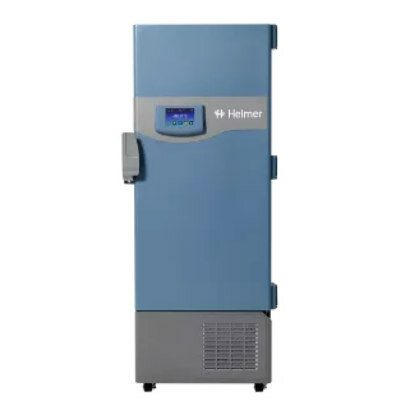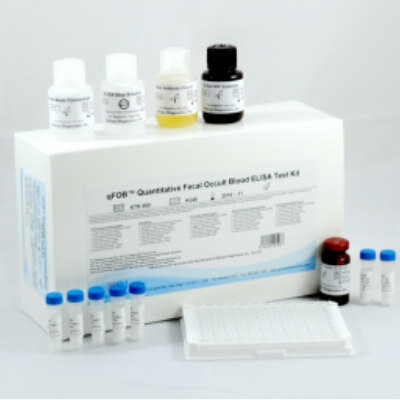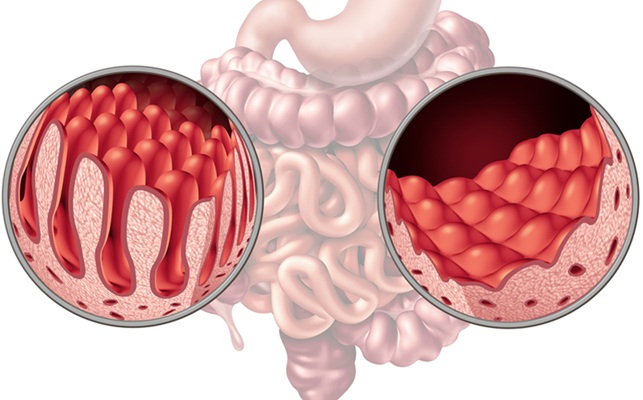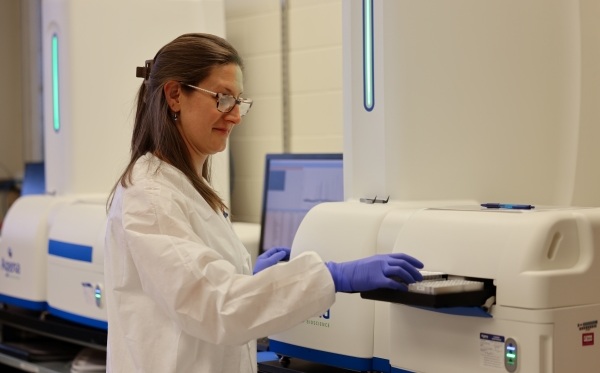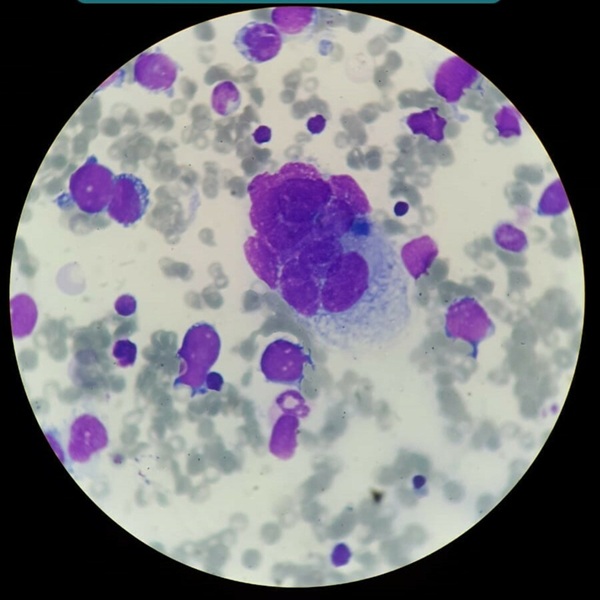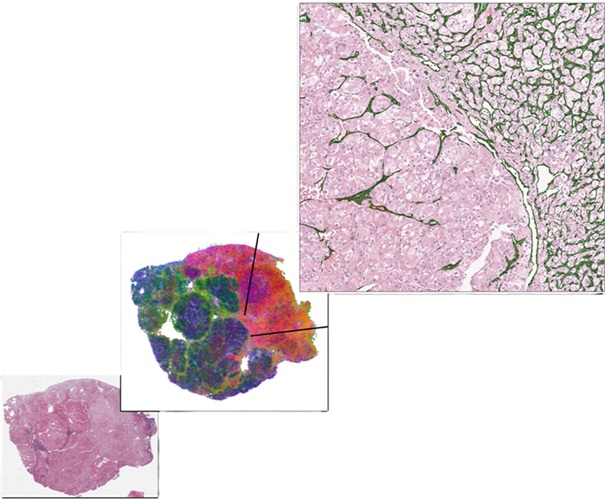Three Factors Distinguish MODY, a Rare Diabetes, in Youth
|
By LabMedica International staff writers Posted on 10 Dec 2019 |
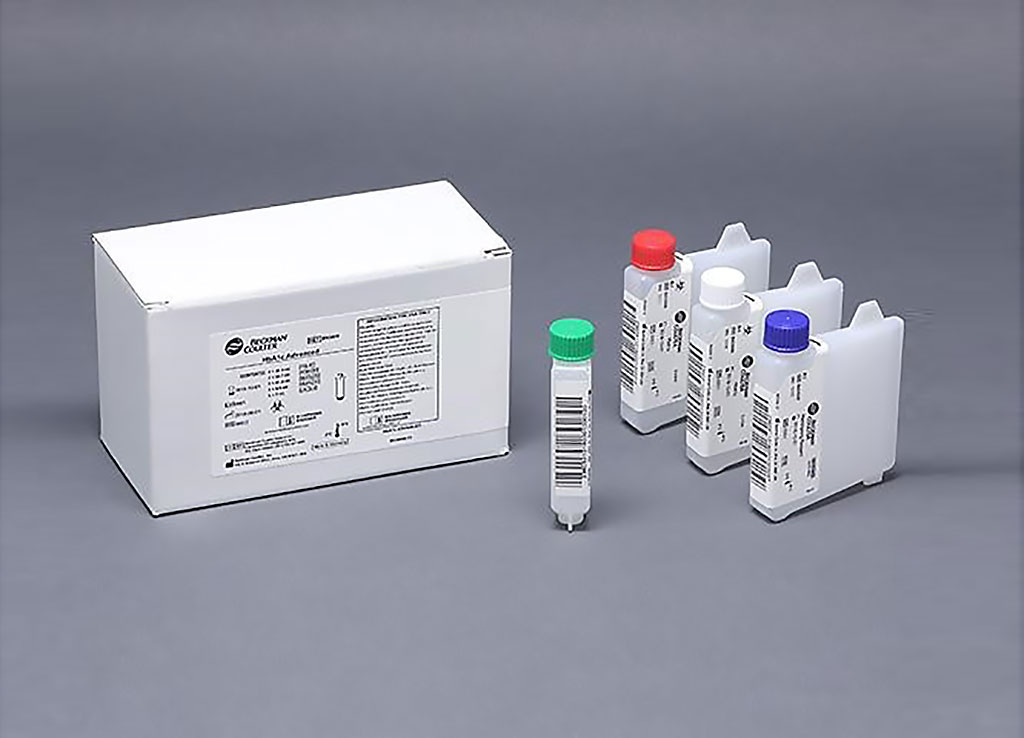
Image: HbA1c Advanced Clinical Chemistry Diabetes Assay: to diagnose maturity-onset diabetes of the young (MODY), screening for at least three autoantibodies and HbA1c testing should takes place in all youth at the time of diabetes diagnosis (Photo courtesy of Beckman Coulter)
Identifying maturity-onset diabetes of the young (MODY) in pediatric populations close to diabetes diagnosis is difficult. Misdiagnosis and unnecessary insulin treatment are common. MODY is a monogenic, dominantly inherited form of diabetes that typically arises in adolescence or young adulthood, and accounts for 1%-4% of cases of pediatric diabetes.
Among youth newly diagnosed with diabetes, a simple clinical approach, looking for moderate hyperglycemia (HbA1c less than 7.5%), asking about parental history of diabetes, and checking for autoantibodies associated with type 1 diabetes, should help determine whether young people need to be genetically screened for maturity-onset diabetes of the young (MODY).
Scientists from the Skåne University Hospital (Malmo, Sweden) and their colleagues recruited 3,933 Swedish patients aged 1–18 years, diagnosed with diabetes May 2005 to December 2010 from the national consecutive prospective cohort Better Diabetes Diagnosis. Clinical data, islet autoantibodies (GAD antibody, insulinoma antigen-2A, zinc transporter 8A, and Insulin autoantibodies [IAA]), HLA type, and C-peptide were collected at diagnosis. MODY was identified by sequencing GCK, HNF1A, and HNF4A, either through routine clinical or research testing.
The authors reported that overall, 88% (3,471) were positive for at least one of the four autoantibodies. On sequencing, none of those individuals were found to carry the MODY genes, GCK, HNF1A, or HNF4A, via routine clinical or research testing. When 303 of the autoantibody-negative patients were genetically tested, 15% (46) had MODY, resulting in a minimal prevalence of 1.2%. The others had either antibody-negative type 1 diabetes, type 2 diabetes, or other types, such as cystic fibrosis-related diabetes.
Limiting testing to the 73 islet autoantibody-negative patients with HbA1c less than 7.5% (58 mmol/mol) at diagnosis identified 36 out of 46 (78%) patients with MODY (detection rate 49%). On follow-up, the 46 patients with MODY had excellent glycemic control, with an HbA1c of 6.4% (47 mmol/mol), with 42 out of 46 (91%) patients not on insulin treatment. In an adjusted analysis, only plasma glucose and parental history of diabetes remained significant predictors of MODY.
The authors concluded that at diagnosis of pediatric diabetes, absence of all islet autoantibodies and modest hyperglycemia (HbA1c <7.5% [58 mmol/mol]) should result in testing for GCK, HNF1A, and HNF4A MODY. Testing all 12% patients negative for four islet autoantibodies is an effective strategy for not missing MODY, but will result in a lower detection rate and identifying MODY results in excellent long-term glycemic control without insulin. The study was published on November 8, 2019 in the journal Diabetes Care.
Related Links:
Skåne University Hospital
Among youth newly diagnosed with diabetes, a simple clinical approach, looking for moderate hyperglycemia (HbA1c less than 7.5%), asking about parental history of diabetes, and checking for autoantibodies associated with type 1 diabetes, should help determine whether young people need to be genetically screened for maturity-onset diabetes of the young (MODY).
Scientists from the Skåne University Hospital (Malmo, Sweden) and their colleagues recruited 3,933 Swedish patients aged 1–18 years, diagnosed with diabetes May 2005 to December 2010 from the national consecutive prospective cohort Better Diabetes Diagnosis. Clinical data, islet autoantibodies (GAD antibody, insulinoma antigen-2A, zinc transporter 8A, and Insulin autoantibodies [IAA]), HLA type, and C-peptide were collected at diagnosis. MODY was identified by sequencing GCK, HNF1A, and HNF4A, either through routine clinical or research testing.
The authors reported that overall, 88% (3,471) were positive for at least one of the four autoantibodies. On sequencing, none of those individuals were found to carry the MODY genes, GCK, HNF1A, or HNF4A, via routine clinical or research testing. When 303 of the autoantibody-negative patients were genetically tested, 15% (46) had MODY, resulting in a minimal prevalence of 1.2%. The others had either antibody-negative type 1 diabetes, type 2 diabetes, or other types, such as cystic fibrosis-related diabetes.
Limiting testing to the 73 islet autoantibody-negative patients with HbA1c less than 7.5% (58 mmol/mol) at diagnosis identified 36 out of 46 (78%) patients with MODY (detection rate 49%). On follow-up, the 46 patients with MODY had excellent glycemic control, with an HbA1c of 6.4% (47 mmol/mol), with 42 out of 46 (91%) patients not on insulin treatment. In an adjusted analysis, only plasma glucose and parental history of diabetes remained significant predictors of MODY.
The authors concluded that at diagnosis of pediatric diabetes, absence of all islet autoantibodies and modest hyperglycemia (HbA1c <7.5% [58 mmol/mol]) should result in testing for GCK, HNF1A, and HNF4A MODY. Testing all 12% patients negative for four islet autoantibodies is an effective strategy for not missing MODY, but will result in a lower detection rate and identifying MODY results in excellent long-term glycemic control without insulin. The study was published on November 8, 2019 in the journal Diabetes Care.
Related Links:
Skåne University Hospital
Latest Immunology News
- Stem Cell Test Predicts Treatment Outcome for Patients with Platinum-Resistant Ovarian Cancer
- Machine Learning-Enabled Blood Test Predicts Immunotherapy Response in Lymphoma Patients
- Post-Treatment Blood Test Could Inform Future Cancer Therapy Decisions
- Cerebrospinal Fluid Test Predicts Dangerous Side Effect of Cancer Treatment
- New Test Measures Preterm Infant Immunity Using Only Two Drops of Blood
- Simple Blood Test Could Help Choose Better Treatments for Patients with Recurrent Endometrial Cancer
- Novel Analytical Method Tracks Progression of Autoimmune Diseases
- 3D Bioprinted Gastric Cancer Model Uses Patient-Derived Tissue Fragments to Predict Drug Response
- Blood Test for Fungal Infections Could End Invasive Tissue Biopsies
- Cutting-Edge Microscopy Technology Enables Tailored Rheumatology Therapies
- New Discovery in Blood Immune Cells Paves Way for Parkinson's Disease Diagnostic Test
- AI Tool Uses Routine Blood Tests to Predict Immunotherapy Response for Various Cancers
- Blood Test Can Predict How Long Vaccine Immunity Will Last
- Microfluidic Chip-Based Device to Measure Viral Immunity
Channels
Molecular Diagnostics
view channel
POC Oral Swab Test to Increase Chances of Pregnancy in IVF
Approximately 15% of couples of reproductive age experience involuntary childlessness. A significant reason for this is the growing trend of delaying family planning, a global shift that is expected to... Read more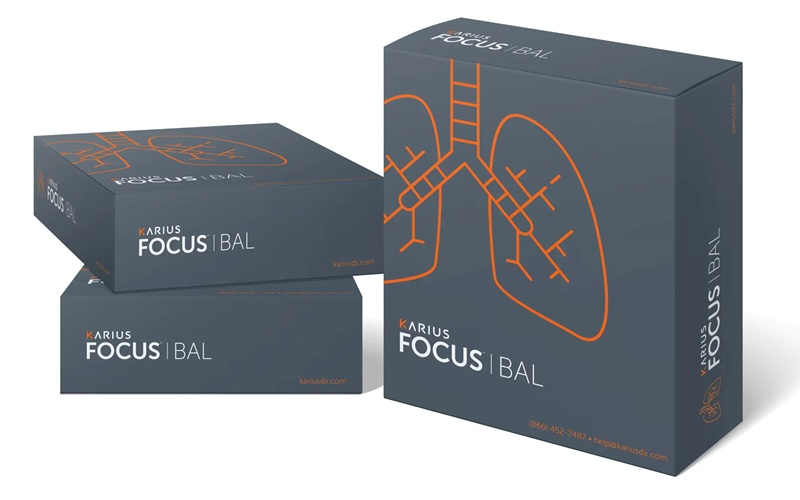
Microbial Cell-Free DNA Test Accurately Identifies Pathogens Causing Pneumonia and Other Lung Infections
Bronchoalveolar lavage (BAL) is a commonly used procedure for diagnosing lung infections, especially in immunocompromised patients. However, standard tests often fail to pinpoint the exact pathogen, leading... Read moreHematology
view channel
First Point-of-Care Heparin Monitoring Test Provides Results in Under 15 Minutes
Heparin dosing requires careful management to avoid both bleeding and clotting complications. In high-risk situations like extracorporeal membrane oxygenation (ECMO), mortality rates can reach about 50%,... Read more
New Scoring System Predicts Risk of Developing Cancer from Common Blood Disorder
Clonal cytopenia of undetermined significance (CCUS) is a blood disorder commonly found in older adults, characterized by mutations in blood cells and a low blood count, but without any obvious cause or... Read moreImmunology
view channel
Stem Cell Test Predicts Treatment Outcome for Patients with Platinum-Resistant Ovarian Cancer
Epithelial ovarian cancer frequently responds to chemotherapy initially, but eventually, the tumor develops resistance to the therapy, leading to regrowth. This resistance is partially due to the activation... Read more
Machine Learning-Enabled Blood Test Predicts Immunotherapy Response in Lymphoma Patients
Chimeric antigen receptor (CAR) T-cell therapy has emerged as one of the most promising recent developments in the treatment of blood cancers. However, over half of non-Hodgkin lymphoma (NHL) patients... Read moreMicrobiology
view channel
New Blood Test Detects Up to Five Infectious Diseases at POC
Researchers have developed a prototype flow-through assay capable of detecting up to five different infections, with results that can be quickly analyzed and transmitted via a specialized smartphone app.... Read more
Molecular Stool Test Shows Potential for Diagnosing TB in Adults with HIV
Tuberculosis (TB), caused by the bacterium Mycobacterium tuberculosis, led to 1.25 million deaths in 2023, with 13% of those occurring in people living with HIV. The current primary diagnostic method for... Read morePathology
view channel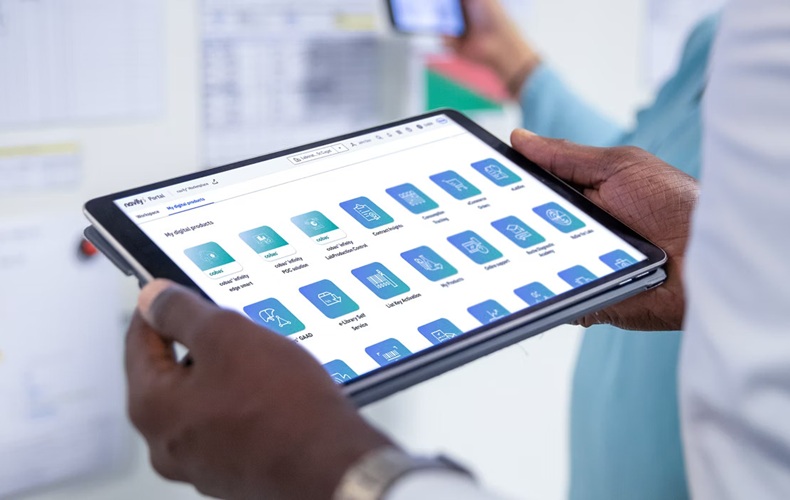
Groundbreaking Chest Pain Triage Algorithm to Transform Cardiac Care
Cardiovascular disease is responsible for a third of all deaths worldwide, and chest pain is the second most common reason for emergency department (ED) visits. With EDs often being some of the busiest... Read more
AI-Based Liquid Biopsy Approach to Revolutionize Brain Cancer Detection
Detecting brain cancers remains extremely challenging, with many patients only receiving a diagnosis at later stages after symptoms like headaches, seizures, or cognitive issues appear. Late-stage diagnoses... Read moreTechnology
view channel
Advanced Predictive Algorithms Identify Patients Having Undiagnosed Cancer
Two newly developed advanced predictive algorithms leverage a person’s health conditions and basic blood test results to accurately predict the likelihood of having an undiagnosed cancer, including ch... Read more
Light Signature Algorithm to Enable Faster and More Precise Medical Diagnoses
Every material or molecule interacts with light in a unique way, creating a distinct pattern, much like a fingerprint. Optical spectroscopy, which involves shining a laser on a material and observing how... Read more
Disposable Microchip Technology Could Selectively Detect HIV in Whole Blood Samples
As of the end of 2023, approximately 40 million people globally were living with HIV, and around 630,000 individuals died from AIDS-related illnesses that same year. Despite a substantial decline in deaths... Read more
Pain-On-A-Chip Microfluidic Device Determines Types of Chronic Pain from Blood Samples
Chronic pain is a widespread condition that remains difficult to manage, and existing clinical methods for its treatment rely largely on self-reporting, which can be subjective and especially problematic... Read moreIndustry
view channel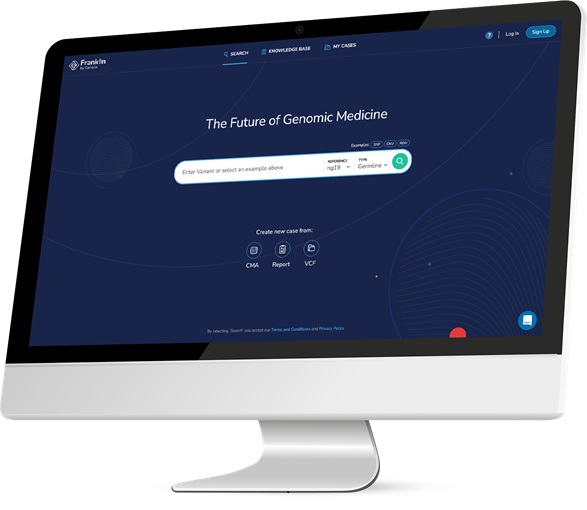
Qiagen Acquires NGS Analysis Software Company Genoox
QIAGEN (Venlo, the Netherlands) has signed a definitive agreement to acquire Genoox (Tel Aviv, Israel), a provider of artificial intelligence (AI)-powered software that enables clinical labs to scale and... Read more
Cepheid and Oxford Nanopore Technologies Partner on Advancing Automated Sequencing-Based Solutions
Cepheid (Sunnyvale, CA, USA), a leading molecular diagnostics company, and Oxford Nanopore Technologies (Oxford, UK), the company behind a new generation of sequencing-based molecular analysis technologies,... Read more
Grifols and Tecan’s IBL Collaborate on Advanced Biomarker Panels
Grifols (Barcelona, Spain), one of the world’s leading producers of plasma-derived medicines and innovative diagnostic solutions, is expanding its offer in clinical diagnostics through a strategic partnership... Read more







